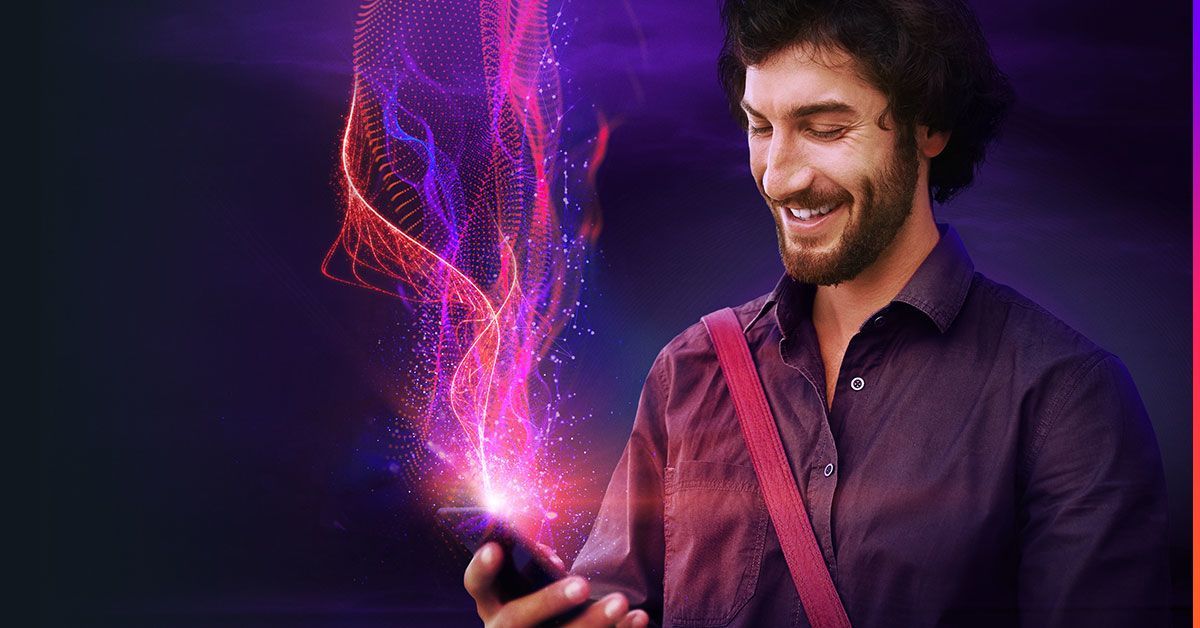
AI for CX: Getting it right without getting left behind
When you consider how to best deliver exceptional customer experiences, these days that means you’re going to be talking about AI. I had the opportunity to talk to Amelia Earhart, not the pilot from Kansas that disappeared in 1937, but the pilot from Boulder who hosts the CX Pulse podcast, about what AI has been and where CX+AI could go. There are a lot of promising developments that deserve our attention.To use a pizza metaphor, over the past few years AI has transitioned from a topping to the crust that the whole pie is built on. AI is now touching and enhancing every aspect of the contact center including coaching, CSAT scoring, logging/summarizing, quality metrics, forecasting, and even routing. This trend isn’t new, but it’s accelerating rapidly. The new generative AI technologies are whetting everyone’s appetite for more pizza, er, CX.During our conversation, Amelia asked for my opinion on the difference between good and exceptional AI. It’s an interesting choice: good vs. exceptional, because it wasn’t long ago that most AI in CX was terrible. I was the one that was screaming “operator” or “representative” in futile attempts of getting un-deflected.Some of the early systems were simple speech recognition, say your account number instead of entering it, and these never worked for me. The intent was fine, a natural and intuitive interface, but ultimately these systems were frustrating and took longer than simply dialing the numbers on the keypad.That frustration with AI of the past, which is primarily automation, is something most of us can relate to. We didn’t want to talk to the bots, we wanted a human that could 1) understand and 2) resolve issues. We learned, through frustrating experiences, that the bots couldn’t reliably do either. But that’s changed, and it changed quickly. Speech recognition improvements are only a small part of the reason why.I am finding more and more that bots can resolve my issues. AI and automation in CX need to be re-evaluated. In the past it’s really been about cost savings, typically at the expense of a great CX. Today, AI is actually delivering an improved experience (in addition to cost savings). AI in CX is the new “tastes great” that’s also “less filling.” OK, perhaps I am revealing too much with my pizza and beer comparisons. Back to the question, what makes AI exceptional in CX? I have two tests: invisibility and effectiveness. Invisibility is magical. The experience is better, and no one really knows why. A good example is augmented agent technologies. To the caller, the flow is unchanged. There’s no visible change to how service is received. What the caller doesn’t see is the proactive, real-time hints that AI serves the agent. The agent can be coached with cue cards that are relevant to the spoken conversation. The result is quicker, more effective resolutions.There are a lot of invisible AI technologies impacting CX, including routing enhancements, real-time translation on text chats, audio noise reduction technologies, and many more. Effectiveness is a broader and more obvious term, but it’s why we favored human agents in the past. We want our problems solved. Interactive Voice Response systems (IVRs), for example, are great at providing us with information such as balance inquiries or flight status, but what if the responses are unsatisfactory? That’s the real difference between an IVR and an Intelligent Virtual Assistant (IVA). The first time I personally had a great IVA experience was just a few years ago. I was so surprised that I told everyone. The phenomenon isn’t quite common yet, but it’s not rare either. If the AI technology can truly understand what we are asking (intent) and has the integrations necessary to implement appropriate changes (resolution), then we have the ingredients for exceptional CX. Past experiences may have led us to believe that human agents are better, but bots have advantages too. For example, they can scale more seamlessly (so hold times don’t increase), and they can speak multiple languages. Of course, there are limitations too. I find that we, as customers, tend to know when our inquiries are complex. There are still times that I do insist on a human agent. As they say in some relationships, “it’s complicated.” Think of those self-checkout registers at the store, sometimes they are beneficial/faster, and sometimes they are not. I value the choice. I won’t even consider self-checkout with a full cart. However, as the technology evolves to handle our complex inquiries, we may find our expectations and behavior evolves too. Providing options is key to CX and particularly important in AI. For example, have you seen a messaging system that offers suggestions on how to respond? Perhaps a friend sends a message asking if you want to meet for dinner, and the AI suggests three responses: yes, no, maybe. It’s a simple example of how automation can help. It understands the words well enough to suggest likely responses but doesn’t know if you want to meet for dinner.It’s an important example, because I often feel that AI ends up causing frustration because it assumes too much. If the AI predicts a yes, suddenly we are committed to dinner. To borrow from a famous quote, ‘The AI doth predicts too much, methinks.’ There’s a fine line between prediction and predicting too much, as there is between good and exceptional CX. What I want is AI in CX to accurately suggest a good time to meet for dinner (based on my calendar) and to suggest the best pizza spot in town.There’s a lot of AI excitement occurring in CX. The industry is going through its own form of a Cambrian Explosion of new ideas and approaches to improved CX. If we focus on what automation and AI in CX have been, it may distract us from the developments being made now that are nothing like those past, clunky experiences.



